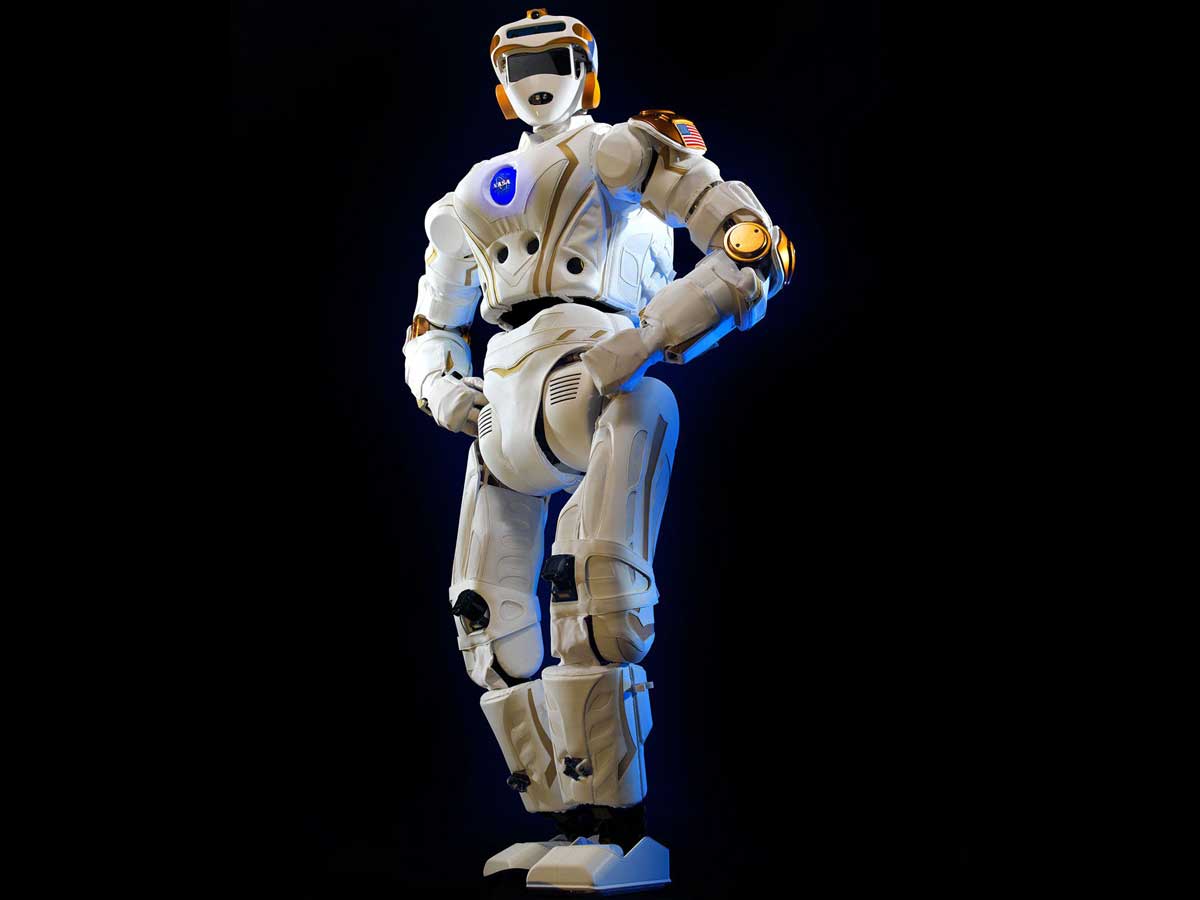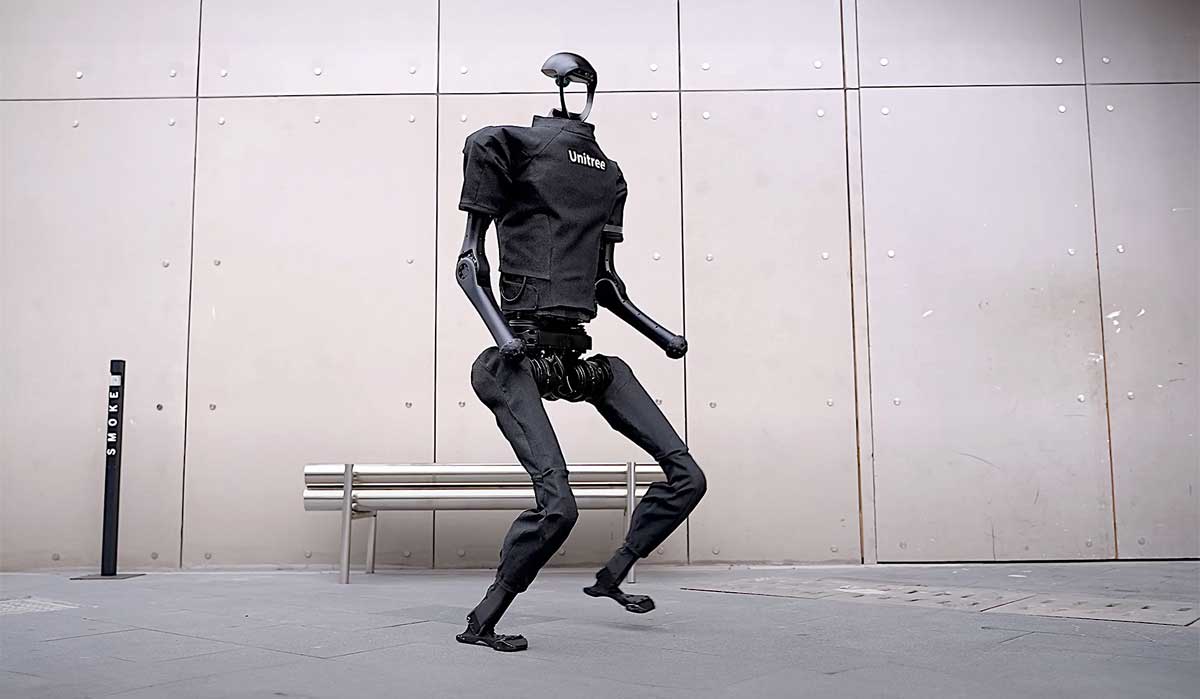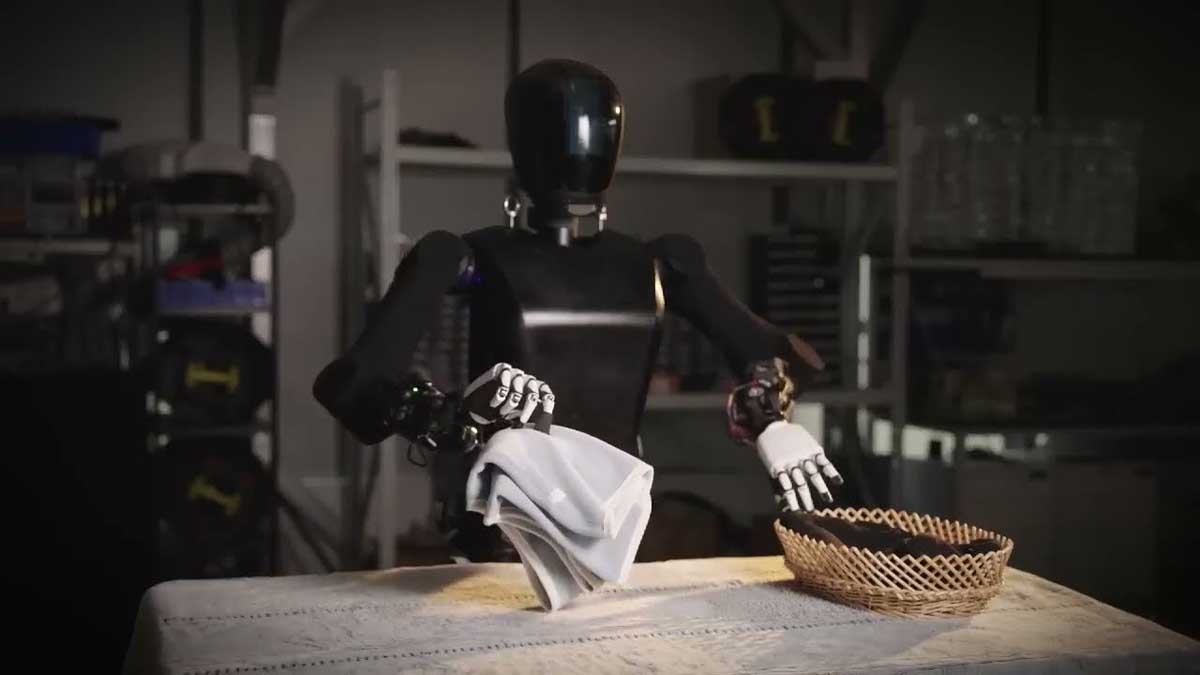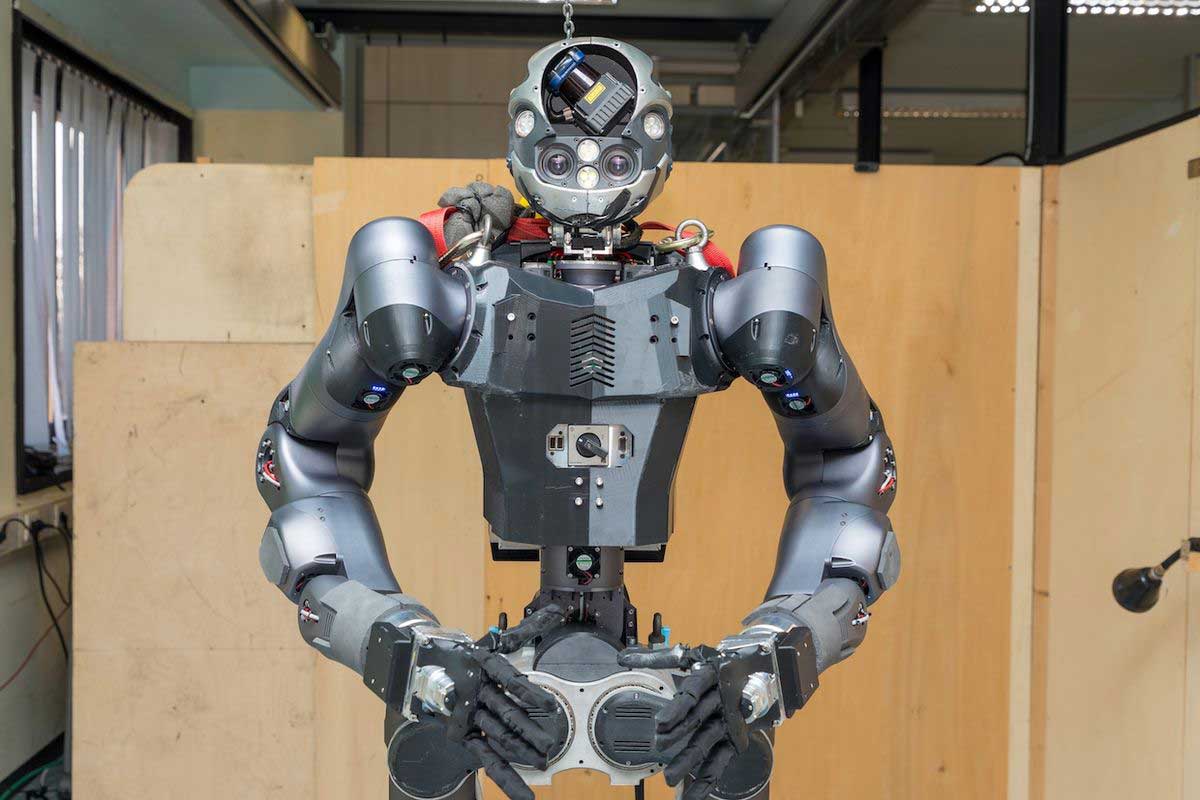Standing tall at over six feet and weighing a formidable 300 pounds, NASA’s Valkyrie cuts an imposing figure. This humanoid robot wasn’t designed for Hollywood, however, but for the harsh realities of disaster zones and the unforgiving environment of space. Born from the ashes of the 2013 DARPA Robotics Challenge, Valkyrie has evolved into a versatile platform for pushing the boundaries of robotic capabilities.
While its initial claim to fame was navigating the treacherous obstacles of the DARPA Challenge, Valkyrie’s true potential lies in its adaptability. Its rugged design, inspired by the resilience of the human body, allows it to operate in challenging environments, including rubble-strewn disaster zones and the lunar surface. Unlike its predecessors, Valkyrie boasts an entirely electric drivetrain, eliminating the need for cumbersome fuel systems and reducing its environmental footprint.
But Valkyrie isn’t just muscle; it’s also brains. Equipped with advanced sensors and sophisticated software, the robot can perceive its surroundings, navigate complex terrains, and even manipulate tools with human-like dexterity. This dexterity is crucial for tasks like clearing debris after a natural disaster or performing maintenance on spacecraft in orbit.
The latest chapter in Valkyrie’s journey takes it far from the dusty plains of the DARPA Challenge to the sun-drenched shores of Australia. In a unique collaboration with Woodside Energy, the robot is being tested in remote offshore energy facilities. Here, Valkyrie operates under human supervision, performing tasks like inspecting equipment and monitoring operations. This real-world application provides valuable data and insights for refining the robot’s capabilities and paving the way for future deployments.
While the Australian mission focuses on Earthly applications, Valkyrie’s design holds immense potential for space exploration. Its ability to operate in harsh environments and its human-like dexterity make it a valuable asset for future lunar missions. Imagine a Valkyrie robot traversing the lunar surface, assisting astronauts with construction tasks or collecting scientific samples. This is not science fiction; it’s the future NASA is actively working towards.
As Valkyrie continues to evolve, it serves as a testament to the ingenuity and perseverance of robotic engineers. From the DARPA Challenge to the Australian outback, this remarkable robot is pushing the boundaries of what’s possible, paving the way for a future where robots work alongside humans to explore the unknown and tackle the challenges that lie ahead.





Leave A Comment